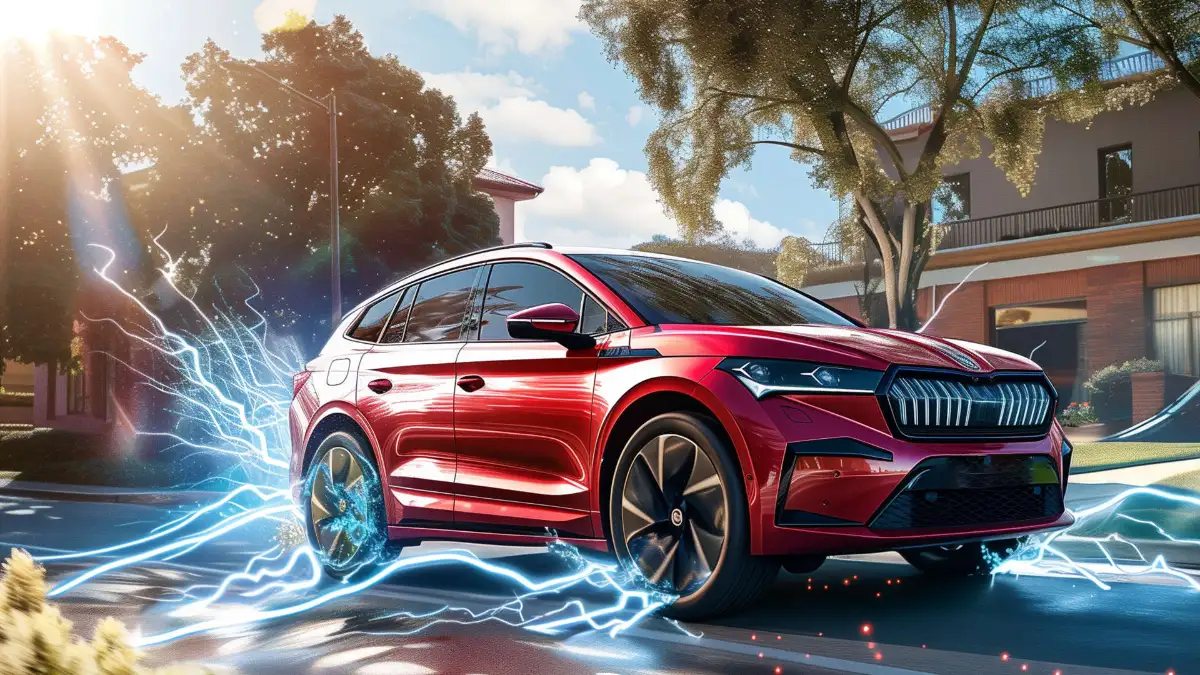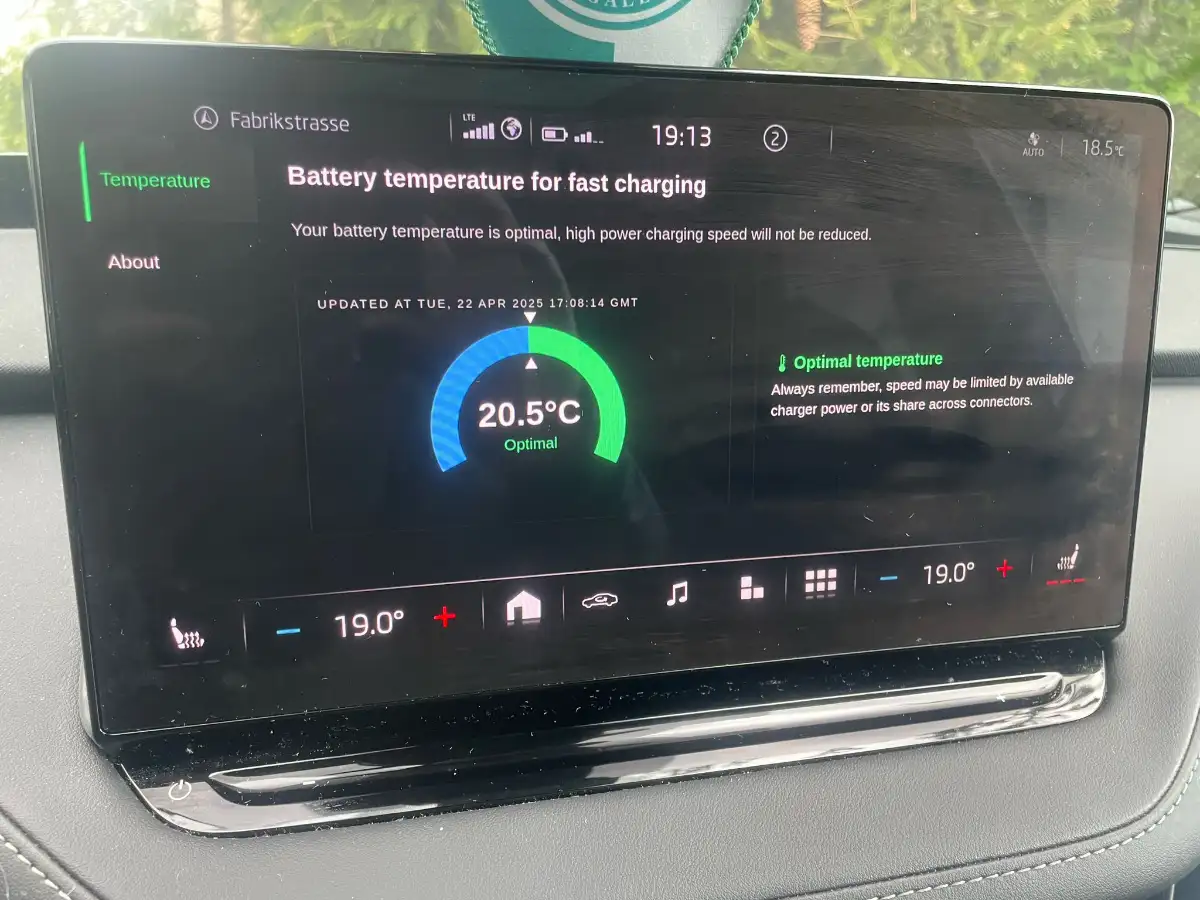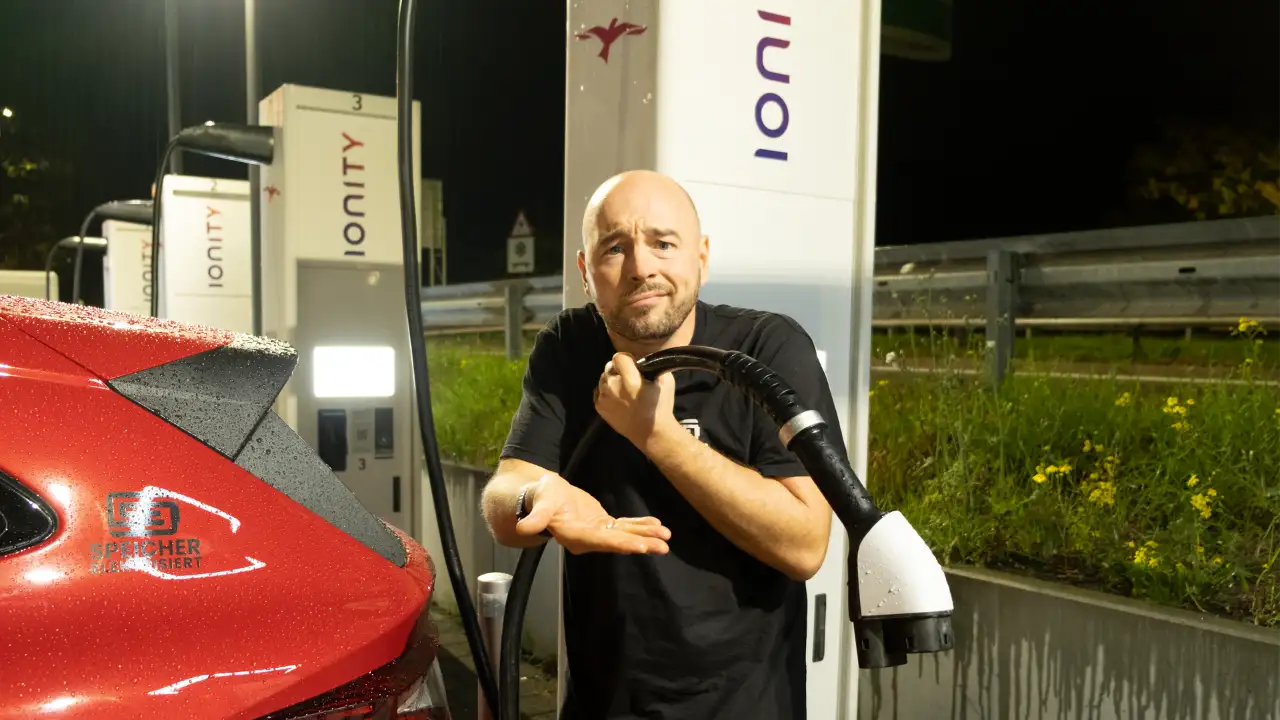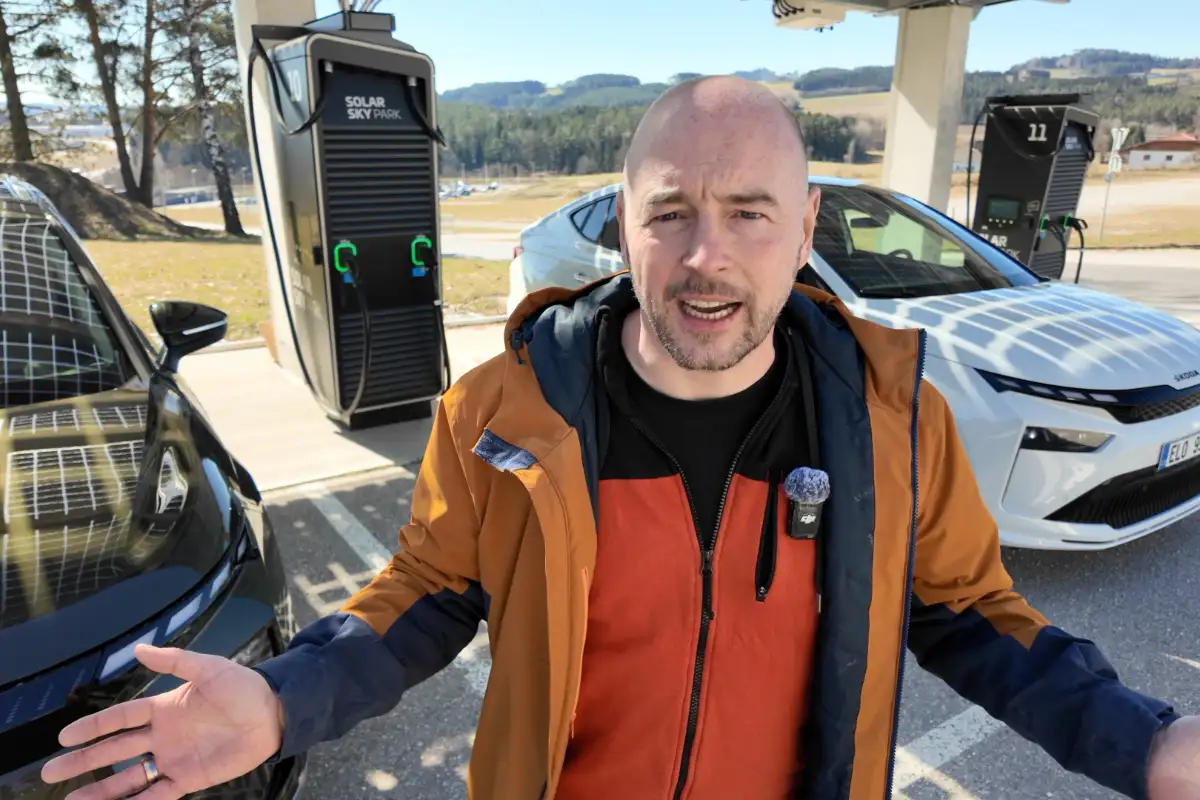Since the new ENYAQ and ELROQ models with the APP550 motor now offer the same power output in both rear-wheel drive (RWD) and all-wheel drive (AWD) versions, many people ask: Do I really need AWD, or is RWD enough?
There is no simple answer – it depends heavily on your personal driving needs and conditions. It’s also important to note that Škoda electric AWD systems are not permanently active but engage only when needed – with one exception: the Traction Mode.
This article explores the differences between the drivetrains, their pros and cons, and when AWD is actually activated.
Performance and Acceleration – Almost No Difference Anymore
Previously, AWD models had a clear performance edge over RWD versions. With the new APP550 motor, that difference has largely disappeared on paper:
| Model | Power (kW / hp) | Torque (Nm) | 0–100 km/h (s) |
|---|---|---|---|
| ENYAQ 85 (RWD) | 210 / 286 | 545 | approx. 6.7 |
| ENYAQ 85x (AWD) | 210 / 286 | 679 | approx. 6.6 |
| ENYAQ RS (AWD) | 250 / 340 | 679 | approx. 5.5 |
Summary:
- ENYAQ 85 RWD and 85x AWD have almost identical acceleration.
- The RS remains the most powerful model, though it is not yet available as an ELROQ RS or ENYAQ Facelift RS.
- AWD models have more torque, which improves traction when starting or on slippery roads.
Efficiency and Energy Consumption – Is AWD Less Efficient?
There are two main factors that impact energy consumption in AWD models:
- The second motor uses energy even when not actively driving the wheels. Its electronics remain powered, and slight induction losses occur because the front rotor remains connected to the axle even when coasting.
- AWD vehicles are slightly heavier, which can increase consumption but also enhance recuperation.
Summary:
- AWD models consume about 5–10% more energy in real-world driving.
- In winter, AWD may be more efficient in traction distribution.
- RWD is more efficient on long-distance trips and offers more range.
- Driving style remains a major factor, especially since AWD is not always active.
Driving Dynamics and Traction – Where AWD Really Makes a Difference
The real difference lies in how the vehicles behave under different road conditions:
| Road condition | RWD behavior | AWD behavior |
|---|---|---|
| Dry pavement | Efficient, well-balanced, dynamic feel | Stable, but not significantly better |
| Wet roads | May lose traction under strong acceleration | Improved traction, safer starts |
| Snow and ice | Slippery starts, less cornering stability | More grip, stable handling |
| Uphill roads | May struggle with low traction | Better pulling power in tricky conditions |
| Fast cornering | Rear may step out | More neutral, stable response |
| Gravel or off-road | Traction issues likely | Better control and grip |
| Highways / long trips | Lower consumption, higher range | Slightly more consumption, little benefit |
Summary:
- Occasional snow or ice can be managed with snow chains or socks on RWD.
- For frequent mountain driving or snowy conditions, AWD provides noticeable benefits.
- AWD offers more stable and secure handling, but RWD with modern traction control remains very manageable.
Variable AWD – When Does It Actually Engage?
Unlike classic full-time AWD systems, Škoda’s electric AWD works on demand. The front motor activates only when traction loss is detected or more power is required. This saves energy and extends range without sacrificing AWD benefits.
| Situation | Is AWD engaged? | Reason |
|---|---|---|
| Slippery start (snow, rain, gravel) | Yes | Prevents wheel spin |
| Rapid acceleration | Yes | Improves grip and acceleration |
| Cornering at high speed | Yes | Stabilizes handling and improves traction |
| Uphill driving | Yes | More traction where needed |
| Sudden load change | Yes | Engages if traction is lost |
| Constant speed on dry pavement | No | Optimizes efficiency |
| Highway cruising without traction issues | No | No need, energy saving |
| Steady driving on good surfaces | No | System stays disengaged |
| Traction Mode (up to 20 km/h) | Yes | AWD stays engaged continuously |
Traction Mode – The Only Way to Have Permanent AWD
For conditions requiring constant AWD, Traction Mode forces the front motor to stay engaged – but only up to 20 km/h. Above that, the system reverts to automatic control.
Towing Capacity – RWD vs. AWD
If you plan to tow a trailer or caravan, towing capacity becomes important. It varies by model, drivetrain, and country of registration.
All ENYAQ and ELROQ models can tow unbraked trailers up to 750 kg. For braked trailers, the differences are more pronounced:
| Model | DE (12% slope) | DE (8% slope) | AT/CH (general) |
|---|---|---|---|
| ENYAQ / ELROQ 50 (RWD) | 1,000 kg | 1,000 kg | 1,000 kg |
| ENYAQ / ELROQ 60 (RWD) | 1,000 kg | 1,200 kg | 1,000 kg |
| ENYAQ 80 / 85 (RWD) | 1,000 kg | 1,200 kg | 1,000 kg |
| ENYAQ / ELROQ 80x / 85x | 1,200 kg | 1,400 kg | 1,200 kg |
| ENYAQ RS (AWD) | 1,200 kg | 1,400 kg | 1,200 kg |
How often do slopes exceed 8% in Europe?
- On motorways and federal roads, slopes over 8% are rare.
- In alpine regions, or on rural backroads, steeper grades can be common.
- Example: Hasenpfad in Ranstadt-Dauernheim (Germany) has a 29% incline.
Conclusion:
- For heavy trailers or caravans, AWD is more capable.
- For light trailers up to 1,000 kg, RWD is fully sufficient.
Turning Radius – A Frequently Overlooked Difference
One underrated difference between drivetrains is the turning radius. The ENYAQ Facelift and ELROQ with RWD have a turning circle of 9.3 meters. AWD models require 10.8 meters.
Why is that?
- RWD has only one driven axle at the rear, allowing a tighter steering angle.
- AWD has mechanical limitations that restrict front wheel angle due to the second driven axle.
What does this mean in everyday life?
- In cities and tight parking garages, RWD is clearly more maneuverable.
- A 1.5-meter difference can matter when making U-turns or squeezing into tight spots.
- On highways and rural roads, the difference is negligible.
Summary – Which Drivetrain Is Right for You?
Choosing between RWD and AWD comes down to your driving needs and environment. Both systems have clear strengths.
RWD may be the better choice if you:
- Want the lowest energy consumption and maximum range.
- Mostly drive long distances or in urban areas with mild weather.
- Enjoy a balanced, sporty driving experience.
AWD may be the better choice if you:
- Frequently drive in snowy, slippery, or unpaved conditions.
- Prefer a more stable driving experience with added traction.
- Value extra safety during bad weather.
Important: AWD in Škoda EVs is not permanently active – it only engages when needed. The only way to keep it active is Traction Mode, and that’s limited to 20 km/h.
My tip: If you live in a mild climate and care about efficiency, RWD is a great option. But if you often drive in the mountains, snow, or poor conditions, AWD can make a noticeable difference.





